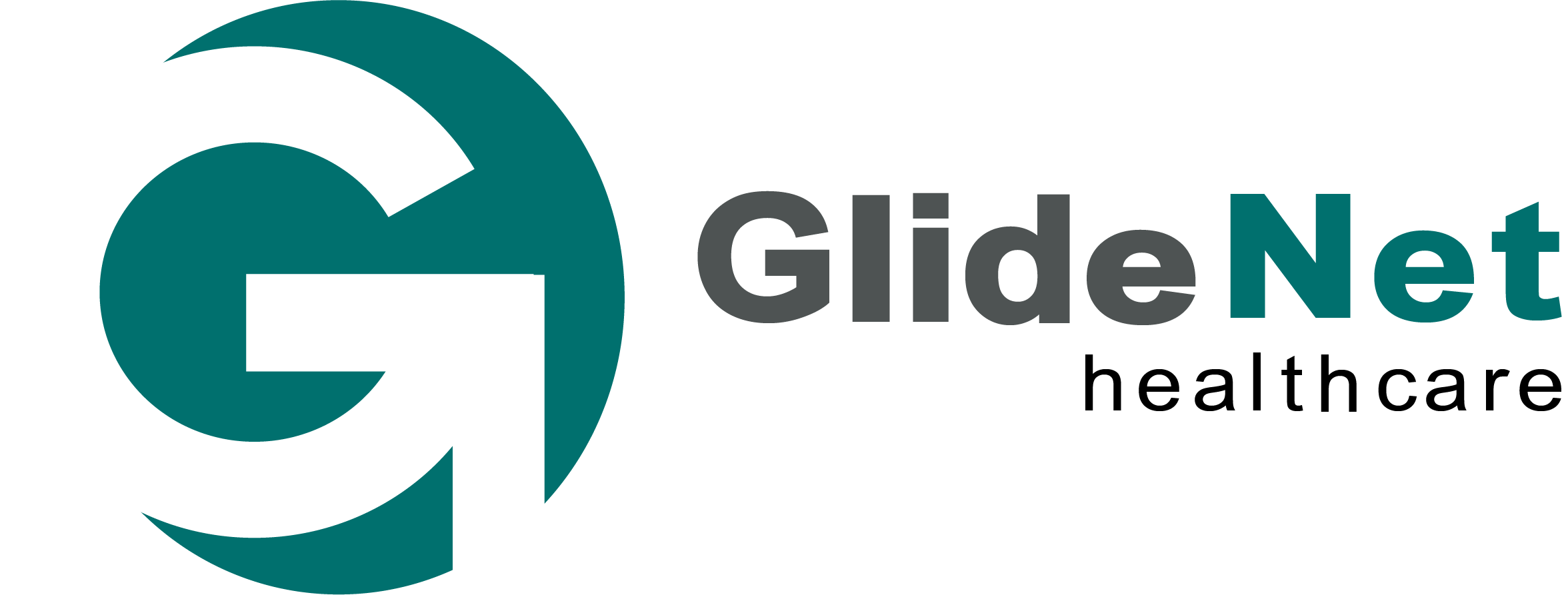Aging health systems are facing a growing trend of increasing deferred maintenance capital requirements. Deferred maintenance refers to the practice of postponing repairs and upgrades to buildings and equipment in order to save money in the short term. However, over time, this can lead to increased costs, safety risks, and reduced efficiency.
One of the main drivers of this trend is the aging infrastructure of many health systems. As buildings and equipment grow older, they require more frequent repairs and upgrades. This can include things like replacing outdated HVAC systems, repairing leaky roofs, and upgrading electrical and plumbing systems.
Another factor that is contributing to the trend is the rapid pace of technological change in the healthcare industry. New medical equipment and technologies are constantly being developed, and health systems need to upgrade their equipment and facilities in order to stay competitive.
Furthermore, changing regulations, codes and standards for health systems also contribute to the trend. These regulations, codes and standards are constantly evolving and facilities must comply with them to maintain their accreditation, licensure and certification.
The deferred maintenance capital requirements are also influenced by the fact that many health systems operate on tight budgets, and may not have the resources to keep up with the costs of repairs and upgrades.
The increasing deferred maintenance capital requirements for aging health systems can have serious implications for patient safety, staff efficiency, and overall facility performance. It can also lead to a reduction in the quality of care provided, and an increase in costs over time.
In conclusion, the trend of increasing deferred maintenance capital requirements for aging health systems is a growing concern. This trend is driven by the aging infrastructure of many health systems, rapid technological change, and changing regulations. Health systems that do not address deferred maintenance can face serious implications for patient safety, staff efficiency, and overall facility performance and an increase in costs over time.
GlideNet’s Utility Systems Management provides access to external expertise in operating central plants that are not a core competency of healthcare providers. Most rating agencies believe IDNs will struggle with access to capital due to market performance and on-going operational challenges due to inflation and labor challenges. On average from 2021 to 2022 hospital DCOH metrics dropped 60 days. Compounding this is that most healthcare organizations historically placed investment in infrastructure toward the bottom of priority list. With this in mind, aging central plants and infrastructure will be an ongoing problem. Learn more about our long-term, comprehensive utility management strategy that mitigates risk, allows staff to focus on other critical work, and minimize service interruptions.



Comments are closed